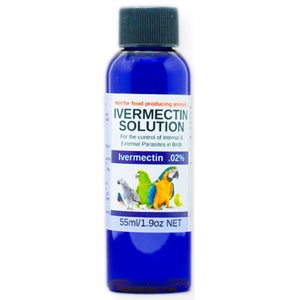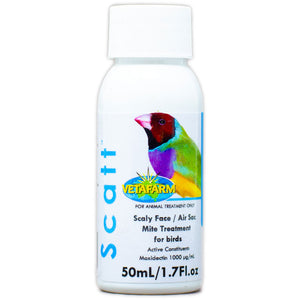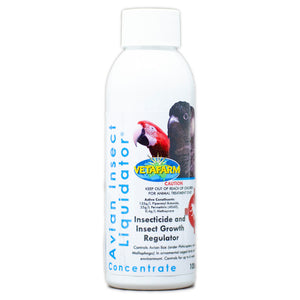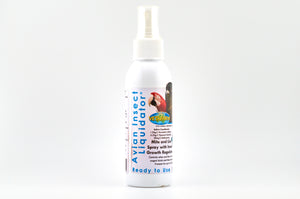Poop-ology
Poop-ology
|
By Dr. David J. Kersting, It is true that when a bird becomes sick that their health can deteriorate quickly. But it’s rarely true that when a bird become sick, it dies suddenly without showing symptoms of illness. The symptoms are there, we just have to learn how to recognize them. Changes in the droppings can be a very early indicator that the bird is sick. Know what normal droppings look like so you can recognize a change in color, consistency, odor, and/or amount. Use paper at the bottom of the cage so that the dropping falls flat and clean onto the paper. This will enable you to recognize any changes in color, consistency, odor, and/or amount. If you are able to notice this change you could save your bird’s life. If you use wood shavings at the bottom of your cage and you miss a change in color and consistency in the droppings then you failed your bird. It is wrong to use wood shavings at the bottom of your cage so that it looks nice and you do not have to clean the bottom of your cage as often if it interferes with evaluating the droppings for signs of health problems. There are three components to most droppings. Urine consists of a crystal urine called urates (white chalky material) and a non-crystal urine called urine (clear water). Sometimes the two types of urine are mixed creating a cloudy white urine. Important changes include color changes and amount. Green or Yellow Urates: Liver Disease Anorexia Brown or Chocolate Urates: Lead Poisoning Red Urine or Urates: Internal Bleeding Increased Urates: Dehydration Increased Urine: The third part of the droppings is the feces which comes from the colon and consists of digested food. The color varies depending on the types of food eaten. Red pellets and strawberries produce a red colored dropping. (This does not apply to the urine.) Seed and green vegetables produce a green dropping. (This does not apply to the urine.) Blueberries and blackberries produce black droppings. The feces should be solid and tubular like a worm. It can be coiled up or uncoiled and it is okay if it is broken into pieces. Diarrhea is not excessive urine in the droppings. Diarrhea is the fecal material not holding its tubular shape. Instead it is the consistency of pudding. Look for blood in the feces. If the feces is fresh and black in color and there were no blueberries in the diet then this indicates melena. Melena is black droppings caused by bleeding high up in the digestive system. When the blood passes through the lower digestive system, it is digested turning the red blood into a black tarry color, staining the feces black. Color which cannot be explained by the diet should be investigated by your veterinarian. Don’t forget to look for real worms like tapeworms and roundworms. If you notice black droppings (indicating internal bleeding) at the bottom of your bird’s cage, stop and go to your veterinarian. If you wait until the bird is weak, not eating, and fluffed up, then you have a race against the clock to save the bird’s life. Watch your bird’s droppings everyday and learn what they look like normally. When you notice a change, identify what portion of the dropping has changed. If you cannot explain the change by the bird’s lifestyle then act immediately and contact your avian veterinarian. |




